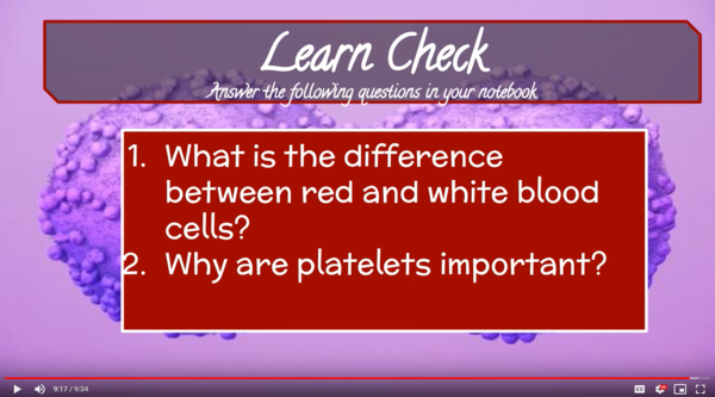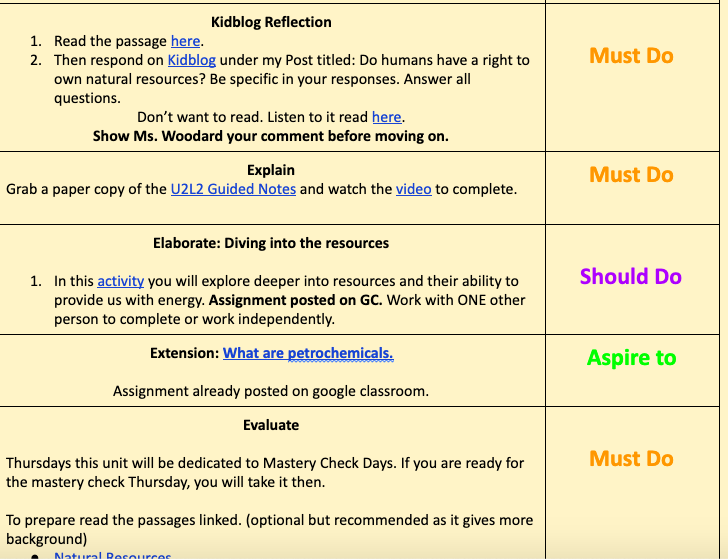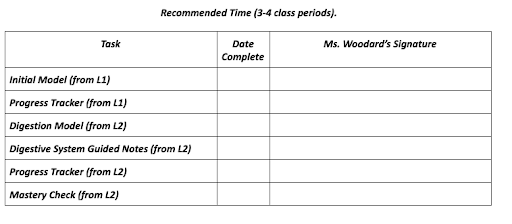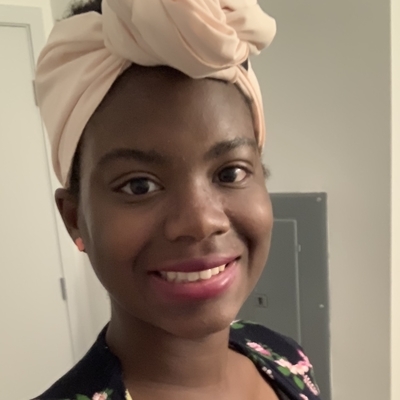A Pandemic-Proof Approach to Teaching
Topics

We’ve all had the experience of truly purposeful, authentic learning and know how valuable it is. Educators are taking the best of what we know about learning, student support, effective instruction, and interpersonal skill-building to completely reimagine schools so that students experience that kind of purposeful learning all day, every day.
Coronavirus may close our school, but it will never stop my students from learning.
The coronavirus disease 2019 (COVID-19) appeared in Washington, D.C. a few weeks ago and with it came many questions. For my 8th graders at DC International School, the question of the day was, “Are they going to close school?” At the time, I didn’t really know the answer—this was already the reality for thousands of students across the country but even my school was dealing with the uncertainty of a possible school closure. Last week however, I learned that my school would be closed for the next two weeks, maybe longer. It was the right decision health-wise, but it left a pressing question for my students and me. How will they learn, and how will I teach, if we don't share the same room?"
Coronavirus has exposed how difficult many educators find it to reach their students when school is closed. I think it’s great that schools are thinking of ways to continue student learning in the short and long term. But what’s the best way to do that? And what about students who, even in times of normalcy, are absent often due to factors beyond their control? In the search to find solutions for the current coronavirus case, we should also think about how we make learning more accessible to every student, coronavirus or not.
This year I’ve adopted a new model of instruction that has given me tools and confidence to execute a framework that allows students to be successful inside and outside of the classroom. Since the beginning of the year, my class has operated under the Modern Classroom Framework. In this framework I shifted my traditional style of teaching to a blended learning, self-paced model. In my class students are able to access all work electronically. Each lesson begins with a hyperdoc (like this one) that serves as the main resource for work. Hyperdocs are great tools because they serve as digital lessons and I can include all the components of a typical lesson plan in a hyperdoc for my students. Students are then given the flexibility to move through that lesson independently or with a partner. Hyperdocs are posted to Google Classroom giving all students access to an entire lesson, whether they are in school or not.

Glimpse of a hyperdoc lesson on natural resources. Students navigate to each various task without any prompting from the teacher and show verification of work after each task or at the end of the lesson. This is posted on Google Classroom and linked into the online tracker that both students and parents have access to.
The greatest piece of this model is creating instructional videos for my class. Each lesson I design my own video that covers the major topics of the lesson, which students watch as they complete guided notes. The first time a student pressed play on a video and then turned around in shock realizing it was my voice was epic! Students are used to viewing videos but hearing their own teacher in the video—that was new for a lot of them. I have been surprised by the flexibility that creating videos has given not only me but also my students. My students have vocalized how watching the videos has helped them understand the content. Not only that but students seem to feel less shame when it comes to reviewing/revising and it has increased overall confidence when using scientific terminology in the classroom.
I am still the one teaching them the content and the skills needed to be successful in this model.
In addition, it's given me the opportunity to continue teaching them how to be in control of their own learning. For example, I can direct them back to the video and other lesson resources when they ask a question I know I have already covered somewhere. Again, these are self-created videos so students are still getting my voice and my teaching style—just through the video. I am still the one teaching them the content and the skills needed to be successful in this model. Students keep track of their work using both a paper tracker individualized to each lesson as well as a master tracker posted online that contains their work for the unit. Whether they are in the physical space of class or not, they are always aware of what work needs to be done. Even better? Parents also have access to the same information helping with the accountability piece.

A signature sheet from a lesson on the human body. Each sheet includes a recommended time to help with pacing, a place for them to keep track of when they complete the task, and a place for my signature. The signature sheet has been a game changer in helping students not only know what each lesson will entail but helping them stay organized. Students receive a hard copy of a signature sheet every lesson.
All of this is to say that with the recent announcement of a two-week closure at my school due to the coronavirus, I know that I won’t have to shift much. My students have conquered the Modern Classroom world, now easily moving through various hyperdocs and accessing videos as they find fit. This has created a foundation of equity and inclusion because I have created an environment where all students understand my content no matter their academic level, zip code, prior science experience, or attendance.
With or without the coronavirus, access to education continues to be a problem for many students across the country. In the frantic planning of how to accommodate short- and long-term school closures, it's easy to forget that the fix isn’t as simple as posting the content online. Students still have to be taught the skills of self-direction and how to learn on their own—skills that help not only in the event of a school closure but also prepares them for the demands of the modern workplace and the world. There is no quick fix for this and their time is too valuable to waste. As one of my favorite people likes to say, “Kids don’t get a do over.” I always try to embody that in my practice. Coronavirus may be closing our school but it will never stop my students from learning.
Image at top, courtesy of Montenique Woodard: Screenshot from an instructional video created by the author.




